Photographs: Pradeep Bandekar Sreenivasan Jain
Months of stalling, reversals and obfuscatory answers have led to Subrata Roy’s imprisonment, says Sreenivasan Jain.
As his incarceration enters its fifth week, the initial lack of empathy for Sahara Group Chairman Subrata Roy seems to be giving way to shades of doubt.
The general view, so far largely critical of Saharashri, now seems more open to Sahara’s argument that the prolonged custody of its managing worker is of questionable legality, and that the condition for his bail – the immediate refunding of Rs 10,000 crore – next to impossible.
Equally, it may well be asked, as some continue to do, why a group that claims to have an asset base of Rs 1.35 lakh-crore is making a muchness of arranging Rs 10,000 crore?
…
The saga of Subrata Roy: From a flamboyant boss to Tihar inmate
Image: Subroto Roy (R), chairman, Sahara India, with his wife Swapna Roy.Photographs: Reuters
And whether Sahara brought on itself the extreme penalty of having its flamboyant boss sent to prison by virtue of 18 months of stalling, obfuscation and reversals ever since it lost its case against the Securities and Exchange Board of India (Sebi) in the Supreme Court in August 2012?
A brief summary of the arguments by both sides (based on my prior reporting on the issue) might prove edifying.
The court in its 2012 order had agreed with Sebi that the raising of Rs 24,000 crore by two Sahara real estate companies, Sahara India Real Estate Corp (SIREC) and Sahara Housing Investment Corp (SHICL) through the sale of bonds to 30 million investors was a public issue, and not, as Sahara claimed, a private placement to its own “workers, employees and their families” (an assumption that would entail Sahara possessing a 30 million-strong workforce, roughly equivalent to the population of Nepal).
…
The saga of Subrata Roy: From a flamboyant boss to Tihar inmate
Image: Subrata RoyPhotographs: Reuters
The order asked for Sahara to refund the money to its investors via Sebi, setting in motion a series of responses by Sahara that would progressively test the court’s patience, beginning with Sahara’s startling claim that they refunded the entire money roughly two months prior to the court order (this would entail the money to have been refunded at an improbable rate of Rs 400 crore per day).
Matters deteriorated further after the court asked Sahara: a) how it raised the money for the refund and b) proof of the refunds.
Sahara’s answer to both was (and remains) obfuscatory.
…
The saga of Subrata Roy: From a flamboyant boss to Tihar inmate
Image: Subrata Roy.Photographs: Reuters
In its initial petition, the group said the money was refunded by SIREC and SHICL, which raised the Rs 25,000 crore (Rs 250 billion) via “internal accruals own cash flow and by disposing of various investments like equity shares, cancelled various JV agreements and surrendered development rights of various real estate projects”.
When Sebi pointed out that the bank statements of these companies showed no such outgo, Sahara did a U-turn, telling the court in a January 2013 affidavit that the money was paid back by the parent company, Sahara India.
But Sahara India’s balance sheets, too, showed no such transactions. Sahara then claimed that the money was paid in cash, which never entered Sahara India’s accounts.
…
The saga of Subrata Roy: From a flamboyant boss to Tihar inmate
Photographs: Reuters
As for proof that it had refunded the money, Sahara sent 50 million documents – payment vouchers, redemption letters, application forms – in a convoy of trucks to the Sebi headquarters.
Sebi told the court that the material was sent in an incomprehensible way, with application forms of the depositors and their refund vouchers in different boxes, as if to deliberately complicate the task of verification (as a test case, Sebi wrote to 20,000 sample depositors, asking them to apply for a refund.
Only 68 – less than one per cent – wrote back. In March this year, the court wondered aloud if Sahara’s depositors exist at all).
…
The saga of Subrata Roy: From a flamboyant boss to Tihar inmate
Image: Subrata Roy.Photographs: Reuters
Despite these provocations, some would argue that the court has been excessively patient, taking seven months to issue its first contempt notice against Sahara (in February 2013) after the company jumped several deadlines to refund the money (they have so far deposited only Rs 5,120 crore), and finally acting on that warrant by ordering the arrest of Saharashri a full year later.
Even the final step took some provocation — in this case, over the title deeds of its properties that Sahara had submitted to Sebi as collateral, including a portion of its marquee Aamby Valley township.
…
The saga of Subrata Roy: From a flamboyant boss to Tihar inmate
Image: Subrata Roy being taken to court.Photographs: Reuters
After scrutinising the list, Sebi held that the properties (worth Rs 20,000 crore according to Sahara) have been: a) overvalued and b) that the deeds were riddled with legal complications.
Sahara denied both contentions, but in a hearing in February this year, when the court asked Sebi to sell the properties, Sahara’s counsel accepted that third-party rights over many of the properties will hinder immediate sale.
This proved to be the proverbial tipping point, leading to the summoning of Saharashri, and his eventual arrest.
…
The saga of Subrata Roy: From a flamboyant boss to Tihar inmate
Photographs: Reuters
It seems impossible to delink the judicial hard line from Sahara’s off-court (so to speak) behaviour as well, for instance, the dramatics that preceded Roy’s appearance in court, including the faux-incarceration in a forest rest house, and a drive to New Delhi in a fleet of luxury vehicles.
Sahara’s propensity to issue full-page advertisements indirectly targeting the court’s wisdom every time it suffered a setback could have hardly helped its cause.
In a recent hearing, Sahara’s counsel accepted for the first time that “we can and we have done stupid things such as place ads in the newspapers”.
…
The saga of Subrata Roy: From a flamboyant boss to Tihar inmate
Photographs: Reuters
It is for the readers to judge whether the above sequence of events suggests intemperate judicial haste in ordering the arrest.
On the question of its inability to raise Rs 10,000 crore as a bail precondition, Sahara has made two arguments. One, that it can’t raise the money as long as its bank accounts remain frozen by Sebi (they were frozen in early 2013).
But Sebi, which wrote to 58 banks over the course of last year, has only discovered Rs 20 crore in Sahara’s accounts. Unfreezing the accounts will not yield a bonanza of missing funds.
…
The saga of Subrata Roy: From a flamboyant boss to Tihar inmate
Image: Subrata Roy.Photographs: Reuters
Sahara’s second argument is that Sebi is in possession of the title deeds of its properties.
This is odd for any number of reasons. For one, it is a tacit admission of something that has always been suspected of Sahara, that for all its hyperbolic claims of its net worth, it has no substantial cash flow in the books of its many companies, and that its only assets are land-based.
Two, Sahara has already admitted in court that there are ownership issues regarding some of the properties - at least the ones in the list submitted to Sebi. Which begs the obvious next question: why has Sahara chosen to hand over only a list of “disputed” properties?
…
The saga of Subrata Roy: From a flamboyant boss to Tihar inmate
Image: The Plaza Hotel in New York.Photographs: Lucas Jackson/Reuters
The inventory given to Sebi doesn’t contain, for instance, Sahara’s stake in the Plaza Hotel in New York, as well as deeds for two hotels it owns outright: the Dream Downtown (also in New York), and the Grosvenor House Hotel in London.
The net value of these three assets at the time of purchase came to approximately Rs 9,000 crore.
There is also the Sahara Shaher township and the Sahara Ganj Mall complex in Lucknow, of indeterminate value. It is unclear why these – the most “active” of Sahara’s assets – have not been put up on the block.
Surely the sale of three luxury hotels, a mall and a township is a small price to pay to secure the freedom of their group chairman? It certainly seems more honourable than Sahara reportedly asking its employees to chip in.
The writer anchors the ground reportage show Truth vs Hype on NDTV 24X7.

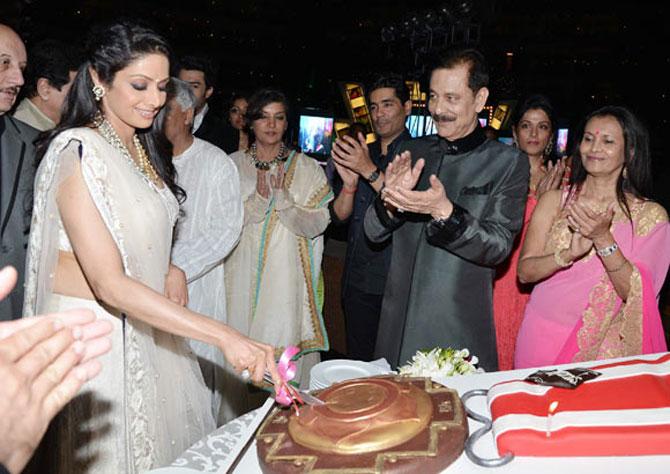
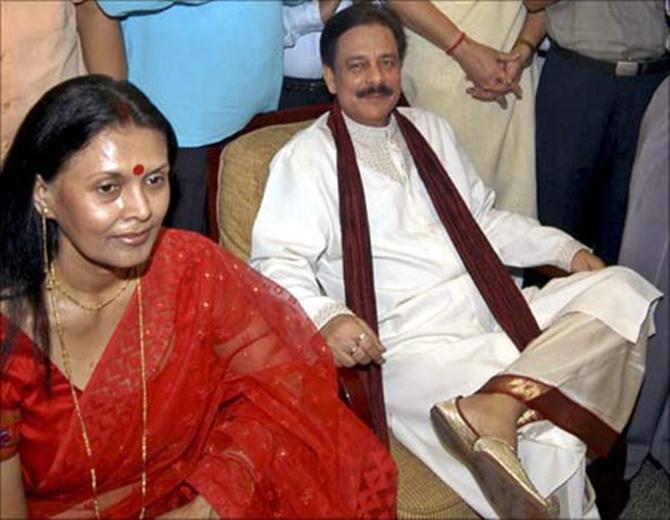
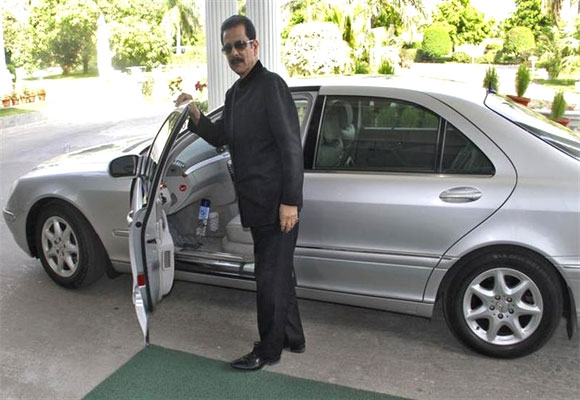


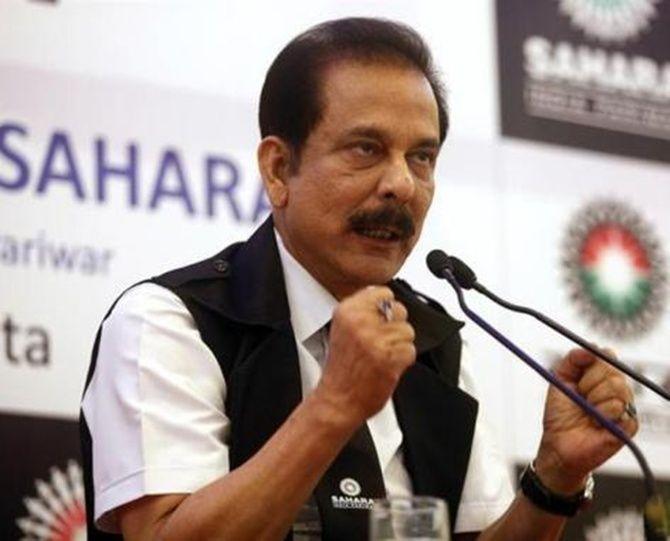
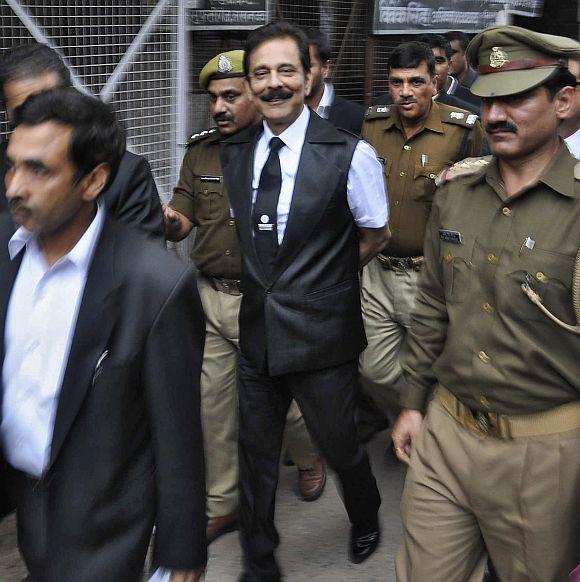
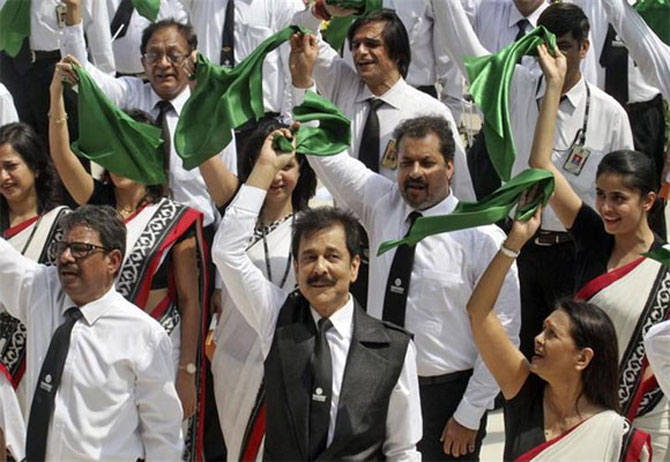
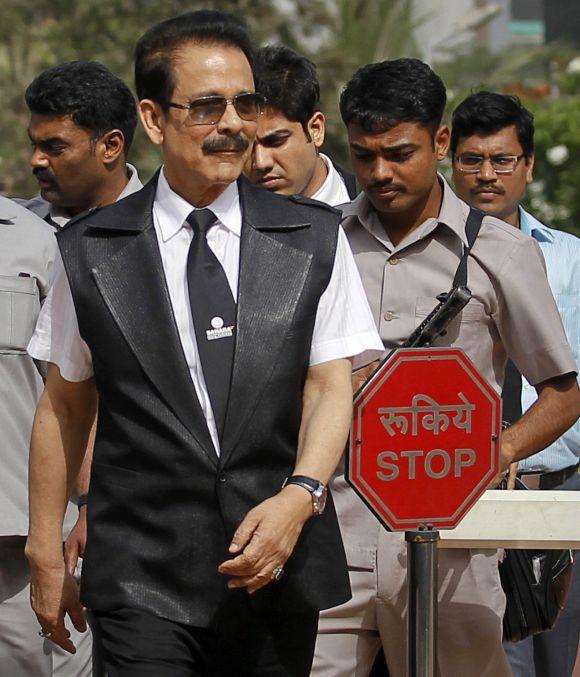



article